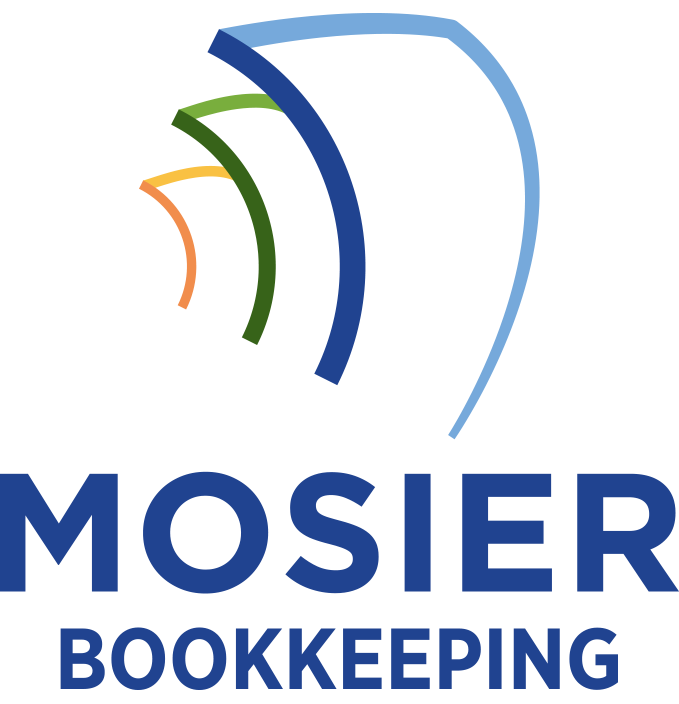To analyze employee diversity metrics through bookkeeping, I’ll help you set up dedicated account codes for tracking diversity-related expenses, initiatives, and recruitment costs. You’ll need to establish sub-accounts under primary categories like Personnel and Professional Development, while implementing data fields for demographics like gender, ethnicity, and age groups. By connecting these metrics to your financial reporting system, you can measure ROI, monitor pay equity, and generate powerful analytics that reveal opportunities for improvement. Let’s explore the specific steps to transform your bookkeeping into a diversity tracking powerhouse.
Setting Up Your Chart of Accounts for Diversity Tracking
Establishing a robust chart of accounts that incorporates diversity metrics requires careful consideration of tracking categories and data points. I recommend creating dedicated account codes for diversity-related expenses, initiatives, and recruitment costs to enable granular analysis.
I structure the chart with specific sub-accounts under primary categories like “Personnel” and “Professional Development.” This allows me to track spending on diversity recruitment, training programs, and employee resource groups. I’ll assign unique identifiers for demographic data collection while maintaining compliance with privacy regulations. By integrating these metrics into standard accounting practices, I create a foundation for powerful diversity analytics and ROI measurement.
Essential Metrics and Data Points to Record
A thorough diversity tracking system requires several core data points that I consistently monitor and record. I prioritize tracking gender ratios, racial/ethnic representation, age distribution, disability status, and veteran status across all organizational levels. I measure pay equity by analyzing compensation data segmented by demographics, including base salary, bonuses, and benefits. I document recruitment metrics like diverse candidate pipeline ratios, interview-to-hire rates, and retention statistics. For leadership analysis, I track promotion rates and succession planning diversity. I maintain records of training participation, mentorship program engagement, and employee resource group membership to evaluate inclusion effectiveness.
Implementing Payroll Analysis Systems

While implementing robust payroll analysis systems requires careful planning, I’ve developed a systematic approach that integrates diversity metrics with compensation data. I start by setting up data categories that track salary distributions across demographics, including gender, ethnicity, and age groups. Next, I implement automated payroll tracking tools that flag pay disparities and promotion patterns.
I guarantee the system monitors key performance indicators like pay equity ratios, representation percentages, and advancement rates. By linking these metrics to financial data, I create powerful dashboards that reveal actionable insights, enabling strategic decisions about recruitment, compensation, and advancement opportunities.
Creating Demographic Reports and Dashboards
I’ll show you how to build exhaustive demographic reports by tracking essential categories like age, gender, ethnicity, and disability status through your HR data systems. You can transform these metrics into clear visualizations that reveal representation trends across departments and organizational levels over multiple quarters or years. To gain deeper insights, I recommend cross-referencing your workforce distribution data against industry benchmarks and creating interactive dashboards that highlight areas for improvement in your diversity initiatives.
Track Key Demographic Categories
Creating thorough demographic reports requires systematic tracking of several key categories to effectively monitor workforce diversity. I track essential metrics including gender identity, racial/ethnic background, age distribution, disability status, and veteran status across all organizational levels. I maintain separate data fields for sexual orientation, educational background, and language proficiency to capture a complete diversity profile.
I guarantee each category aligns with EEOC guidelines while implementing custom classifications based on my organization’s specific DEI goals. By monitoring these metrics quarterly, I can identify representation gaps, measure progress against benchmarks, and drive strategic hiring and retention initiatives.
Visualize Representation Over Time
To transform raw demographic data into actionable insights, I develop dynamic visualization dashboards that track workforce representation trends across time periods. I focus on key metrics that reveal both progress and gaps in diversity initiatives.
| Visualization Type | Strategic Purpose |
|---|---|
| Line Charts | Track demographic changes monthly |
| Heat Maps | Identify department diversity patterns |
| Funnel Charts | Analyze recruitment pipeline flow |
| Bar Graphs | Compare year-over-year progress |
| Pie Charts | Show current representation ratios |
I integrate these visualizations into interactive dashboards, enabling drill-down capabilities that expose underlying trends and help drive strategic decisions about hiring, promotion, and retention efforts.
Cross-Reference Workforce Distribution
Beyond tracking representation trends, the cross-referencing of workforce distribution data enriches my demographic analysis capabilities. I segment employee data across multiple dimensions, including department, seniority level, and geographic location, to uncover patterns and potential disparities.
I create pivot tables to analyze intersectional demographics, revealing how different identity markers overlap within my organization. This allows me to identify specific areas requiring attention, such as underrepresentation in leadership roles or clustering in certain departments. When I map these distributions against industry benchmarks, I gain actionable insights for strategic diversity initiatives and targeted recruitment efforts.
Measuring ROI on Diversity Initiatives

Measuring the return on investment (ROI) for diversity initiatives requires systematic tracking of both quantitative and qualitative metrics. I recommend calculating the financial impact through reduced turnover costs, increased market share, and improved productivity rates. I track expenses related to recruitment, training, and program implementation against these gains.
I evaluate success by measuring promotion rates, pay equity improvements, and employee engagement scores across demographic groups. I also analyze customer satisfaction data and market penetration in diverse segments. By monetizing these metrics and comparing them to initiative costs, I establish clear ROI figures that demonstrate the business value of diversity programs.
Compliance Documentation and Reporting Methods
I’ll walk you through the essential compliance documentation requirements you need to maintain for diversity initiatives, including how long to keep files and which regulatory bodies require specific reports. To standardize your documentation process, I recommend implementing a centralized digital system that tracks Equal Employment Opportunity (EEO) data, affirmative action plans, and diversity program outcomes with consistent formatting and metadata tagging. Your reporting methods should follow a structured calendar of deadlines for both internal metrics reviews and external compliance submissions to agencies like the EEOC and OFCCP while maintaining audit-ready records for at least three years.
Record Retention Best Practices
Organizations must maintain thorough records of their diversity metrics and compliance documentation according to established retention schedules and regulatory requirements. I’ll help you implement a robust record retention system that safeguards your data remains accessible and compliant.
| Record Type | Retention Period | Storage Method |
|---|---|---|
| Hiring Data | 3 Years | Digital Vault |
| DEI Reports | 5 Years | Cloud Backup |
| EEO-1 Forms | 7 Years | Secure Server |
| Demographics | Permanent | Multi-Location |
I recommend digitizing all diversity-related records while maintaining encrypted backups. You’ll need to establish clear access protocols, implement automated archival systems, and conduct regular audits to verify data integrity and compliance with federal regulations.
Regulatory Reporting Requirements
Proper record retention directly supports compliance with regulatory reporting mandates. I’ll show you how to master your diversity reporting obligations through systematic documentation.
I maintain detailed records of EEO-1, OFCCP, and Affirmative Action reporting requirements. These federal mandates require tracking employee demographics, pay equity data, and recruitment metrics. I’ve developed a compliance calendar to guarantee timely submissions and avoid penalties.
I structure my data collection using standardized forms, secure digital storage, and automated reporting tools. This approach streamlines audits and demonstrates due diligence. I recommend quarterly internal reviews to validate data accuracy and identify trends before submission deadlines.
Documentation Standardization Methods
Three critical elements form the foundation of standardized documentation: consistent templates, structured data fields, and automated validation rules. I’ll show you how to leverage these components to track your diversity metrics effectively.
I create standardized templates that capture key demographic indicators while ensuring compliance with privacy regulations. I implement structured data fields to categorize employees by relevant characteristics, making analysis and reporting seamless. I establish automated validation rules to maintain data integrity and flag inconsistencies.









